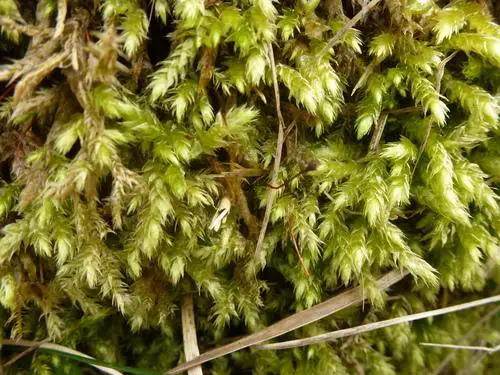
plant-brachytecium-wichurae-moss-premium-003-400×400.jpg from: https://microvarium.com/shop/plants/moss/brachythecium-wichurae-moss-premium/
Exploring the Fascinating World of Brachythecium wichurae (Broth.) Paris Moss
Introduction
Mosses are often overlooked, but they play crucial roles in ecosystems around the world. One particularly interesting species is Brachythecium wichurae (Broth.) Paris, a moss in the Brachytheciaceae

i0007-2745-118-4-367-f01.jpg from: https://bioone.org/journals/the-bryologist/volume-118/issue-4/0007-2745-118.4.367/On-the-identity-of-Brachythecium-sakuraii-Broth-with-Brachythecium-pseudouematsui/10.1639/0007-2745-118.4.367.full
family. In this blog post, we’ll dive into the details of this fascinating bryophyte.
Background on Brachythecium Mosses
The genus Brachythecium contains over 250 species of mosses found worldwide. They are pleurocarpous mosses, meaning they produce sporophytes on short side branches rather than at the tips of the main stems. Brachythecium mosses often grow in mats or wefts on various substrates like soil, rocks, logs, and tree bases.
Morphology and Identification
B. wichurae forms loose mats with irregularly branched stems. The leaves are ovate-lanceolate with fine serrations on the margins and a single costa extending 1/2 to 3/4 the leaf length. Leaf cells are elongated and prosenchymatous. The seta (stalk bearing the capsule) is reddish and roughened. Capsules are inclined to horizontal and curved with a beaked operculum.
Global Distribution and Habitat
This species is found in Asia, including China, Japan, Korea, and the Russian Far East. It grows on rocks, tree bases, rotten logs, and soil in forests at moderate elevations. B. wichurae prefers shaded, moist habitats in temperate regions.

gewoon-dikkopmos-brachythecium-rutabulum-rough-stalked-feather-moss-BE8X4A.jpg from: https://www.alamy.com/stock-photo-gewoon-dikkopmos-brachythecium-rutabulum-rough-stalked-feather-moss-26011674.html

medium.jpeg from: https://www.inaturalist.org/taxa/159407-Brachythecium-rutabulum
Ecological Roles and Adaptations
Like other mosses, B. wichurae plays important roles in its ecosystem:
- Helps retain moisture and prevent soil erosion
- Provides habitat for micro-organisms and small invertebrates
- Participates in nutrient cycling and carbon sequestration
- Shows adaptations like poikilohydry to tolerate periodic drying

cypress-leaved-plait-moss-hypnum-cupressiforme.jpg from: https://petehillmansnaturephotography.wordpress.com/rough-stalked-feather-moss-brachythecium-rutabulum/

medium.jpeg from: https://www.inaturalist.org/taxa/123771-Brachythecium-albicans
| Characteristic | Description |
|---|---|
| Class | Bryopsida |
| Order | Hypnales |
| Family | Brachytheciaceae |
| Genus | Brachythecium |
| Species | B. wichurae |
| Substrate | Rocks, logs, soil |
| Habitat | Temperate forests |
| Distribution | E Asia |
Conclusion
Brachythecium wichurae is a prime example of how even tiny mosses can be captivating when you take a closer look. Its global distribution, habitat preferences, and ecological roles all make it a notable species. Next time you’re in a forest, take a moment to appreciate the miniature world of mosses at your feet! What other overlooked organisms might be worth learning more about?